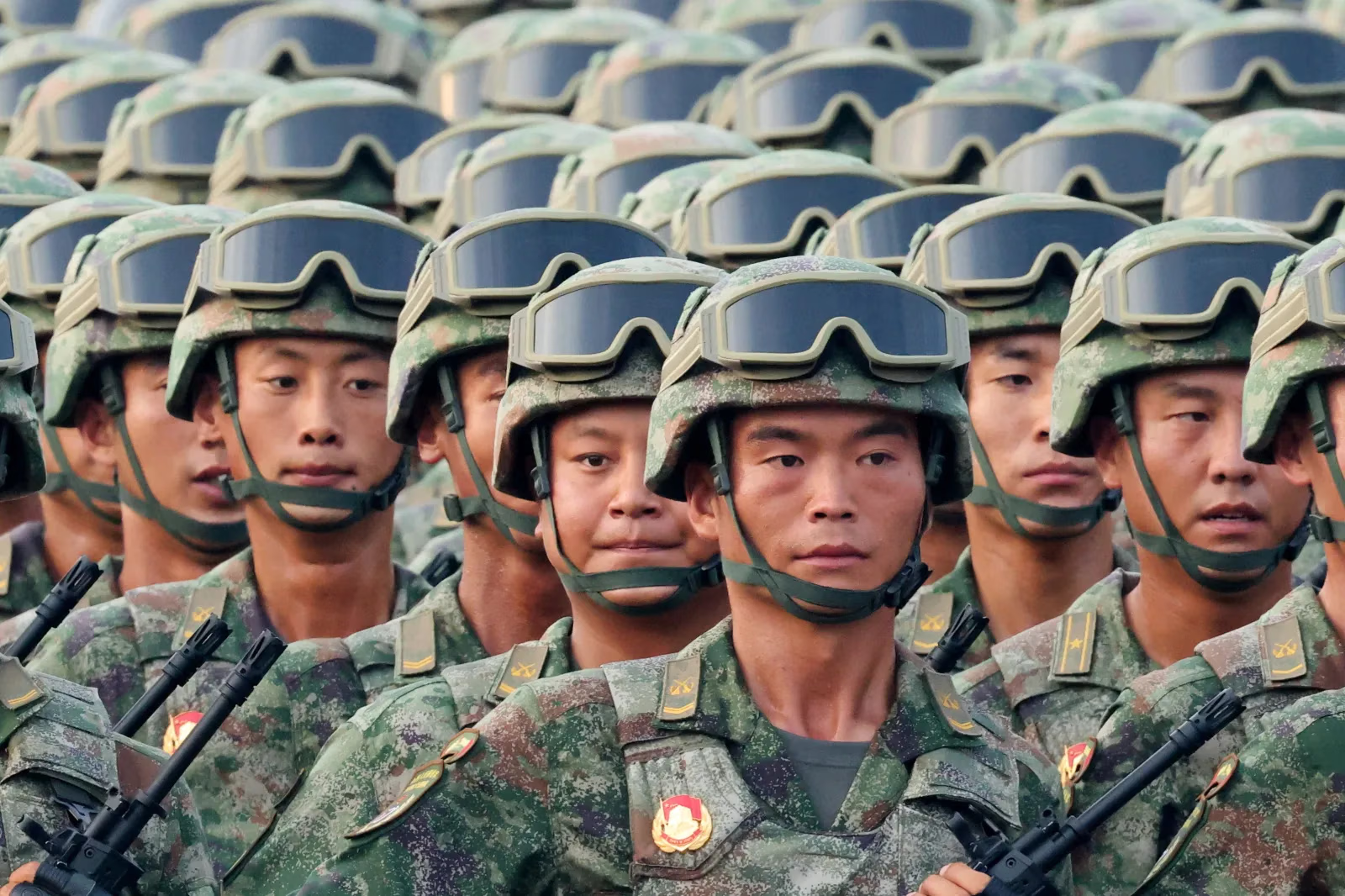The United States is facing a challenge for which it is unprepared. China’s defense industry has accelerated at a pace many times faster than America’s, building capabilities that could render U.S. bases and forces in the Indo-Pacific vulnerable before a battle even begins.
The Pentagon has the technology and resources, but lacks a coherent operational concept to bind them into a strategy. The Cold War offers a lesson: innovation alone is insufficient—it is the ability to shape it into a deliberate doctrine that matters.
Today the question is whether Washington can develop such an offset strategy before China exploits its industrial and numerical advantage.
The Third Offset Strategy
By the mid-2010s, the Pentagon had grown increasingly concerned about China’s and Russia’s military advances, as both were investing heavily in cyber and space technologies, electronic warfare, and long-range weapons. Deputy Defense Secretary Robert Work argued that China in particular was seeking to achieve technological parity with the United States. By that time, Beijing had unveiled the DF-21D—an “aircraft carrier killer” with a range of nearly 1,000 miles that threatened U.S. carrier strike groups in the Pacific. Washington began debating what a war in the region might look like.
Work advanced the “Third Offset Strategy”—a Cold War–style initiative aimed at countering China’s capabilities. The military developed new concepts, including a model of “distributed maritime operations” to disperse the fleet and employ long-range systems. Procurement priorities were also identified: space-based assets, advanced sensors, modern naval mines. As Work put it, the strategy was “a mix of technologies, operational concepts, and organizational changes that allow us to sustain the ability to project combat power in any region, at any time, and on our terms.”

Robert Work.
The initiative was in many ways ahead of its time. The United States was still the dominant global power, while China and Russia had not yet gained military advantage. Work’s call sparked a series of projects, but it never coalesced into a comprehensive strategy.
Today the situation has shifted dramatically. China’s defense industry is working “at an alarming pace,” as Admiral Samuel Paparo, head of Indo-Pacific Command, has noted. China’s shipbuilding capacity, both military and civilian, is roughly 230 times larger than America’s, and over the past two decades its long-range missiles have sharply increased the threat to U.S. forces in the western Pacific. In a conflict over Taiwan, American troops from Japan to Guam would be under fire before they could even enter the fight.
Like the Soviet Union during the Cold War, China has its vulnerabilities, and it is time for Washington to devise a new offset strategy. Yet the Pentagon has not produced a modern counterpart to AirLand Battle, the doctrine developed in the 1970s to counter the USSR. Today the emphasis is on autonomous systems and artificial intelligence, but technology alone does not guarantee victory. As Andrew Marshall, the longtime head of the Pentagon’s Office of Net Assessment, emphasized, “Technology makes a revolution possible, but the revolution itself occurs only when new operational concepts emerge.” The United States must craft a joint operational concept, reinforced by investments and procurement, or risk losing a war with China.
Lessons from the Cold War
The United States has faced a similar challenge before. During the Cold War, Washington repeatedly sought to offset the Soviet Union’s advantages. One of the earliest efforts was Dwight Eisenhower’s New Look strategy, designed to counter the Soviet Army’s threefold superiority in Central Europe.
Rather than maintaining a large force in Europe, which would have been prohibitively expensive, Eisenhower relied on overwhelming nuclear superiority and a readiness to use tactical weapons against Soviet troops, including on West German territory. The 1953 document NSC 162/2 enshrined America’s right to inflict “massive retaliatory damage through offensive striking power.” This reinforced deterrence while sustaining preparedness for war.
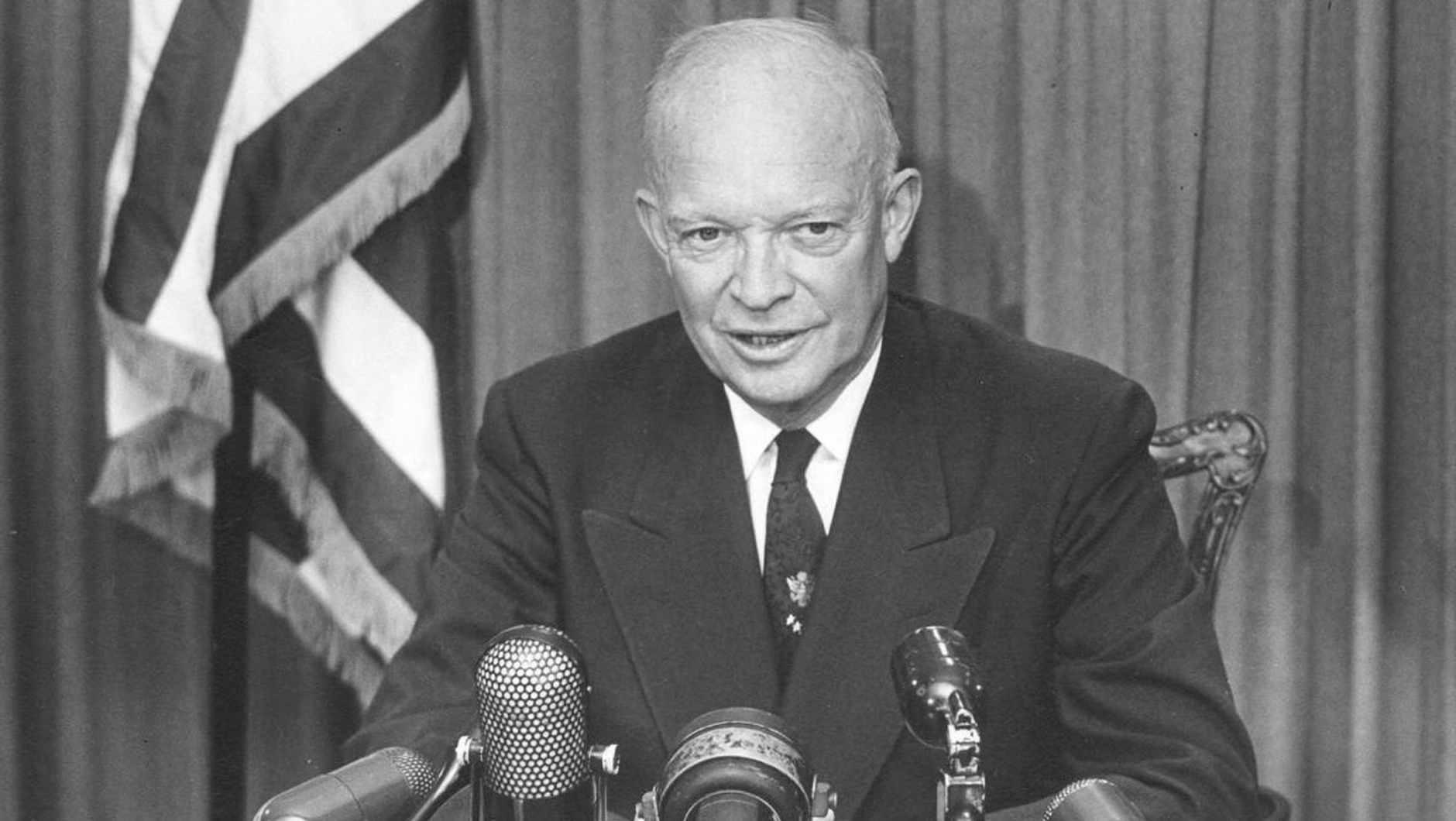
Dwight Eisenhower.
New Look was accompanied by practical measures: expanding the nuclear arsenal and ramping up production of long-range bombers. In 1956, Eisenhower accelerated the rollout of the B-52 and increased funding for missile research. By the 1960s, the United States held a decisive advantage over the Soviet Union in nuclear systems.
But by the late 1970s, defense budget cuts and Soviet technological advances brought nuclear parity, while Moscow retained its three-to-one superiority in conventional forces. In response, Jimmy Carter’s defense secretary Harold Brown and his deputy William Perry launched the second offset strategy. Its core was to strike at rear-echelon units sustaining the front. This produced the AirLand Battle concept, built on stealth and precision-guided weapons—from the F-117 Nighthawk to guided bombs and missiles.
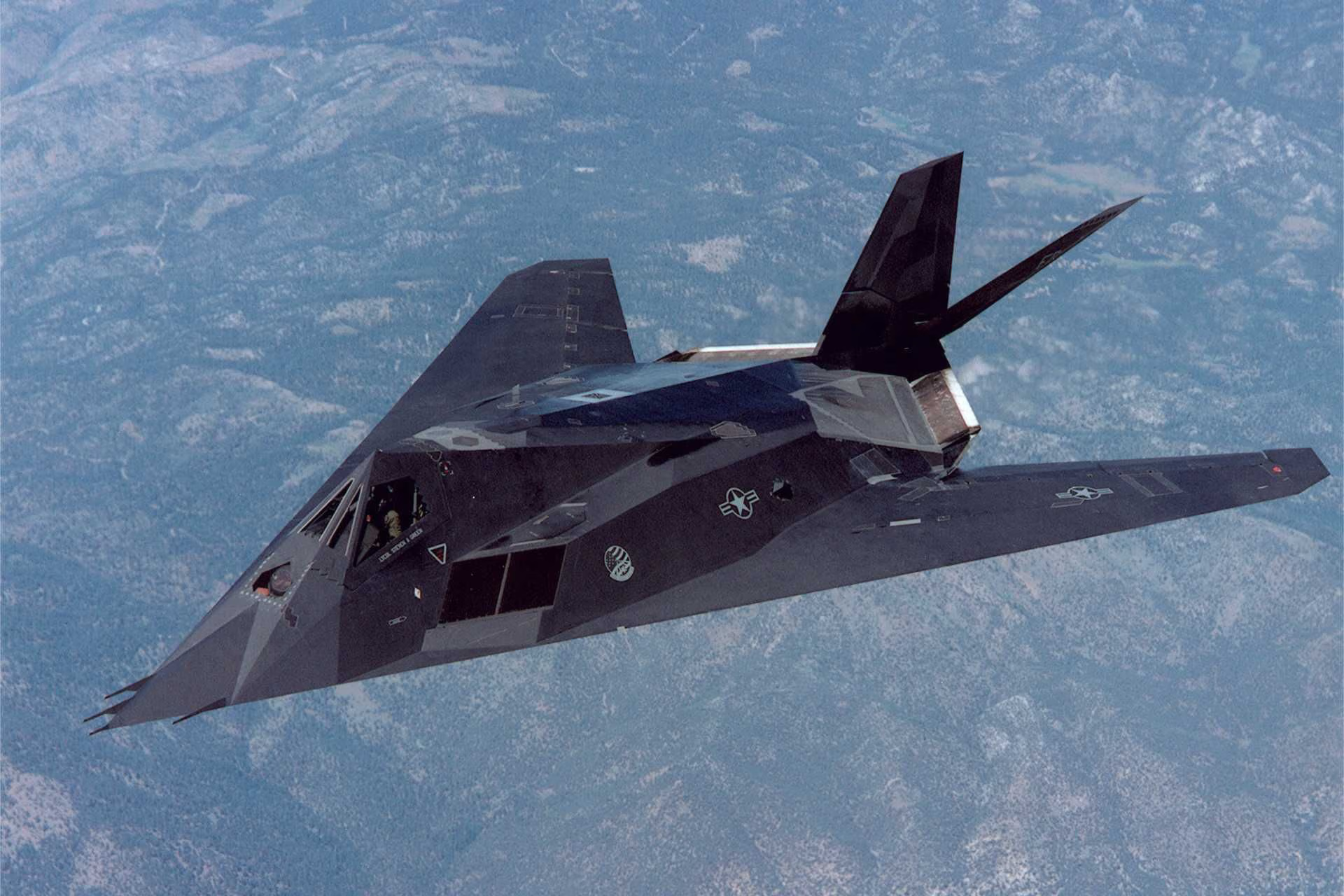
F-117 Nighthawk.

Harold Brown — U.S. Secretary of Defense, 1965–1969.
The Ronald Reagan administration continued those efforts. In 1981 the Soviet Union held its largest exercise, Zapad-81, testing how its forces would respond to the new American strategy. The results were worrying: Defence Minister Dmitry Ustinov acknowledged that the balance of forces “at the moment is not in our favour.”
How to Develop an Offset Strategy
A successful offset strategy follows two steps: first, the development of an operational concept—a concrete plan of action against an adversary—and only then the creation of the weapons and systems required to execute it. That sequence not only sends a clear signal but also strengthens deterrence.
If the United States’ goal is to prevent a Chinese invasion of Taiwan, it is useful to consider a plausible scenario. A war on China’s doorstep would be a severe test: Beijing could employ missiles, aircraft, navy and other means. But the People’s Liberation Army would also face grave difficulties. It would have to move vast numbers of troops and equipment onto the island, secure lodgements and pass through initial defences. The United States would need to act in hours or days to deny China a fait accompli. That would require rapid strikes against key invasion forces.
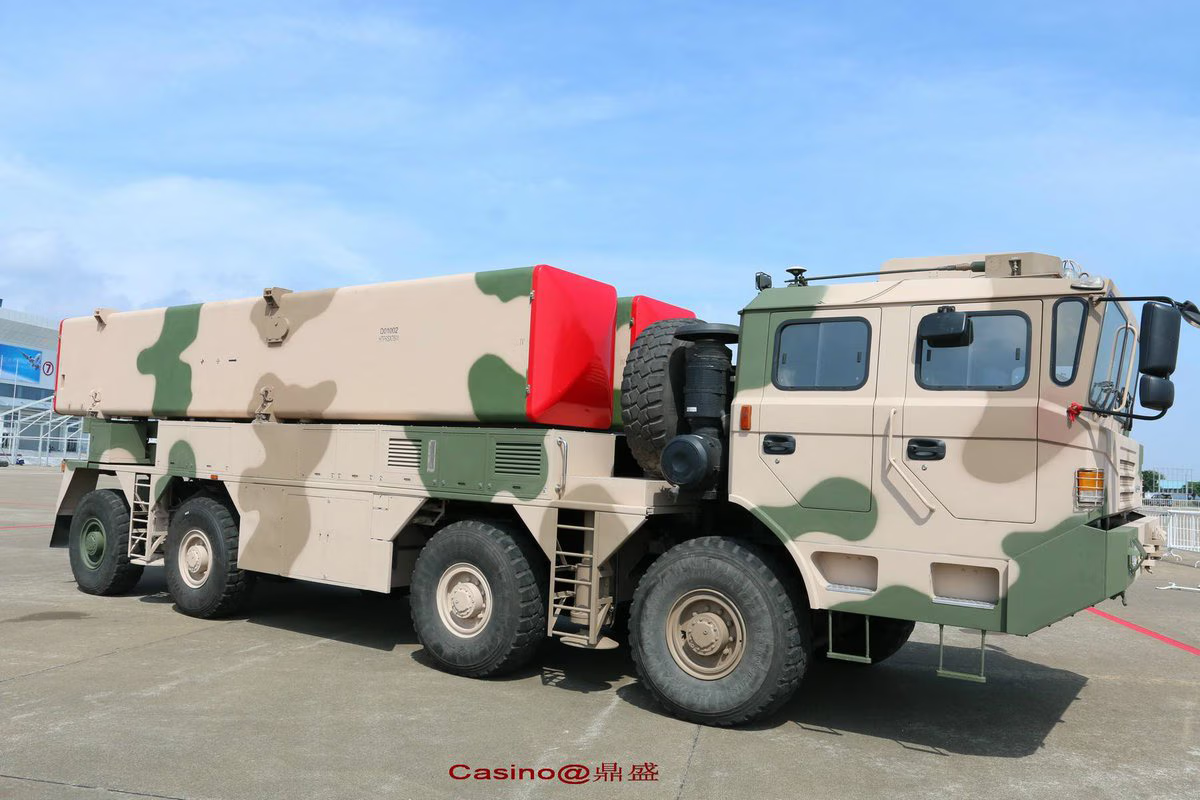
The short-range tactical missile system M20 at the Zhuhai airshow. 2016.
Hence the need for a strengthened American presence in the region and readiness for immediate response. Measures include basing additional bombers in Australia, hardening shelters at Kadena in Japan, establishing missile defences on Guam, and prepositioning stocks of fuel, munitions and equipment across the Indo-Pacific.
To defeat Chinese forces the United States must be able to find and destroy the PLA’s key assets: landing ships and craft, transport aircraft, assault helicopters, air-defence systems and command centres. As Admiral Paparo put it, “I want to turn the Taiwan Strait into a drone hell with a range of classified capabilities, to make their life unbearable for a month—this will buy me time for everything else.”
Military Priorities
To deliver rapid strikes the US needs to grow its inventory of long-range missiles quickly, especially relatively cheap anti-ship systems. Washington currently lacks enough of these weapons, and each costs more than $3 million. At the same time, supplies of inexpensive unmanned systems should be expanded, including platforms that do not require runways.
Nonetheless, crewed aviation remains central. Heavy bombers and fifth- and sixth-generation stealth fighters permit strikes from beyond the reach of Chinese missiles. The B-21 Raider can carry substantial payloads and erode enemy formations. The F-35 and its counterparts are valuable for their fusion of sensors, speed and strike capability— they can operate within island chains, fight in the air and strike ground targets while relaying data to other forces.
The undersea component is also critical. The United States needs both large nuclear attack submarines and inexpensive autonomous underwater vehicles. The PLA remains vulnerable beneath the waves and struggles to locate American boats. wargames at the Center for Strategic and International Studies show that U.S. undersea forces can inflict serious damage on the Chinese navy. That advantage should be reinforced and made a priority.
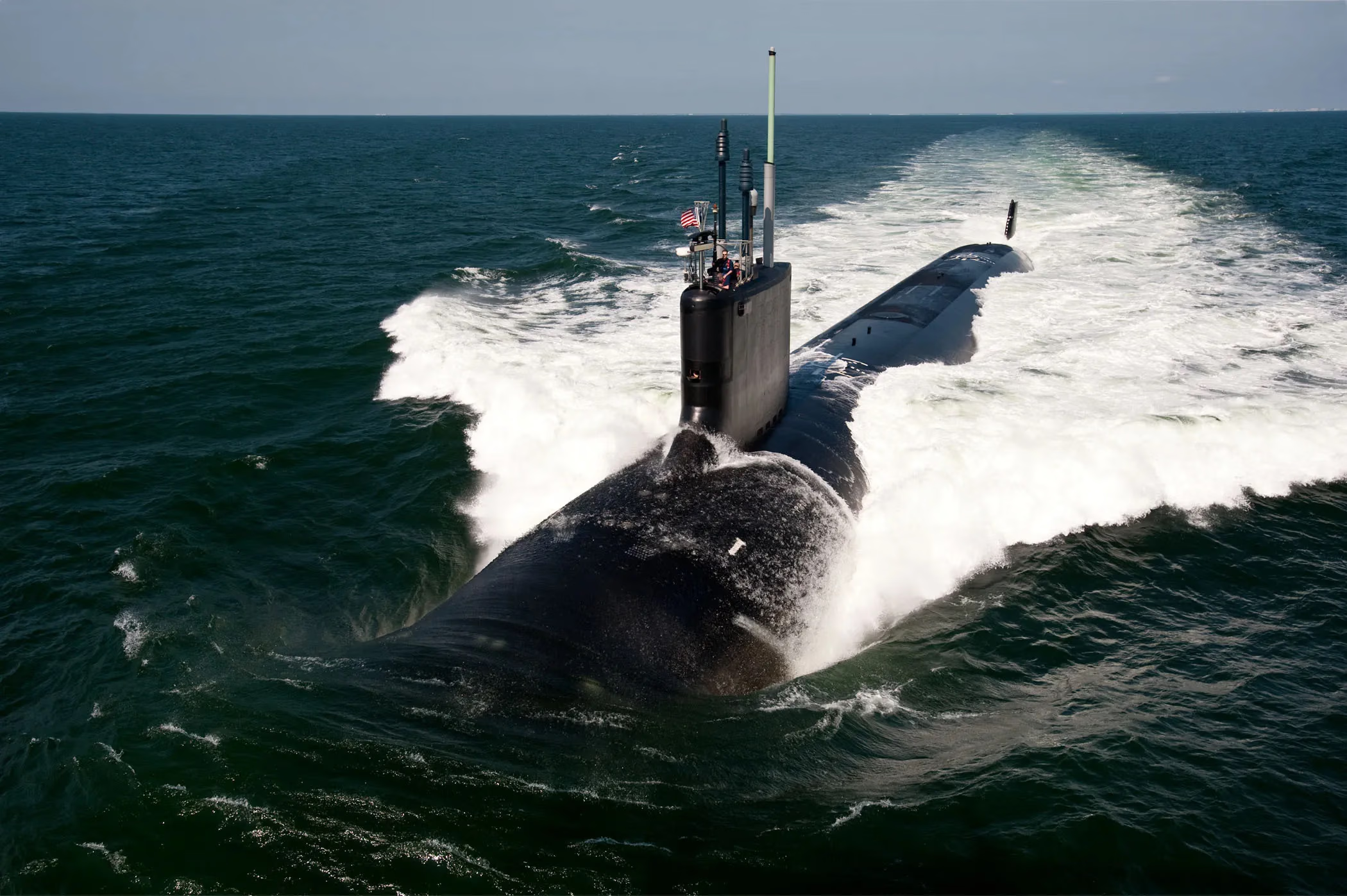
The Virginia-class attack submarine USS California (SSN 781) during sea trials.
Technology and Strategy
Contemporary technologies—AI, autonomous systems, improved sensors and rapid data exchange—significantly increase combat power, but they do not substitute for a clear operational concept. Technology alone does not win wars; the side that can integrate new tools into a unified concept of force employment wins. History shows that innovations change the balance only when they are backed by new tactics, logistics and an industrial base.
Therefore policy must combine a clear operational concept—defining which objectives and mechanisms matter in the opening days of a conflict; a genuine industrial programme that allows the rapid production of the munitions and platforms required; and investments in infrastructure and stockpiles that ensure the mobility and survivability of forces in the region. Without that linkage, technological advantages risk being underused.
To deter—and, if necessary, defeat—China, the United States needs a modern offset strategy that marries concept, capability and industrial mobilisation. Absent it, technological novelties and China’s growing industrial power could erode Washington’s ability to act on its own terms.
